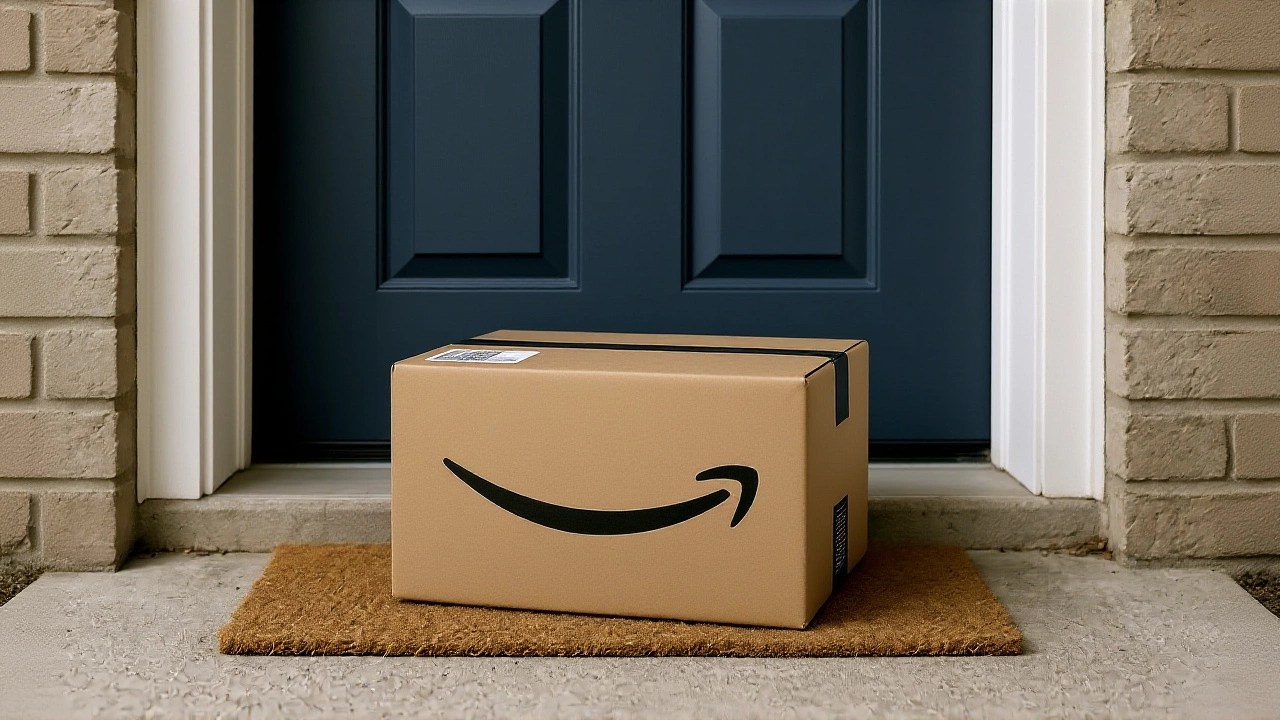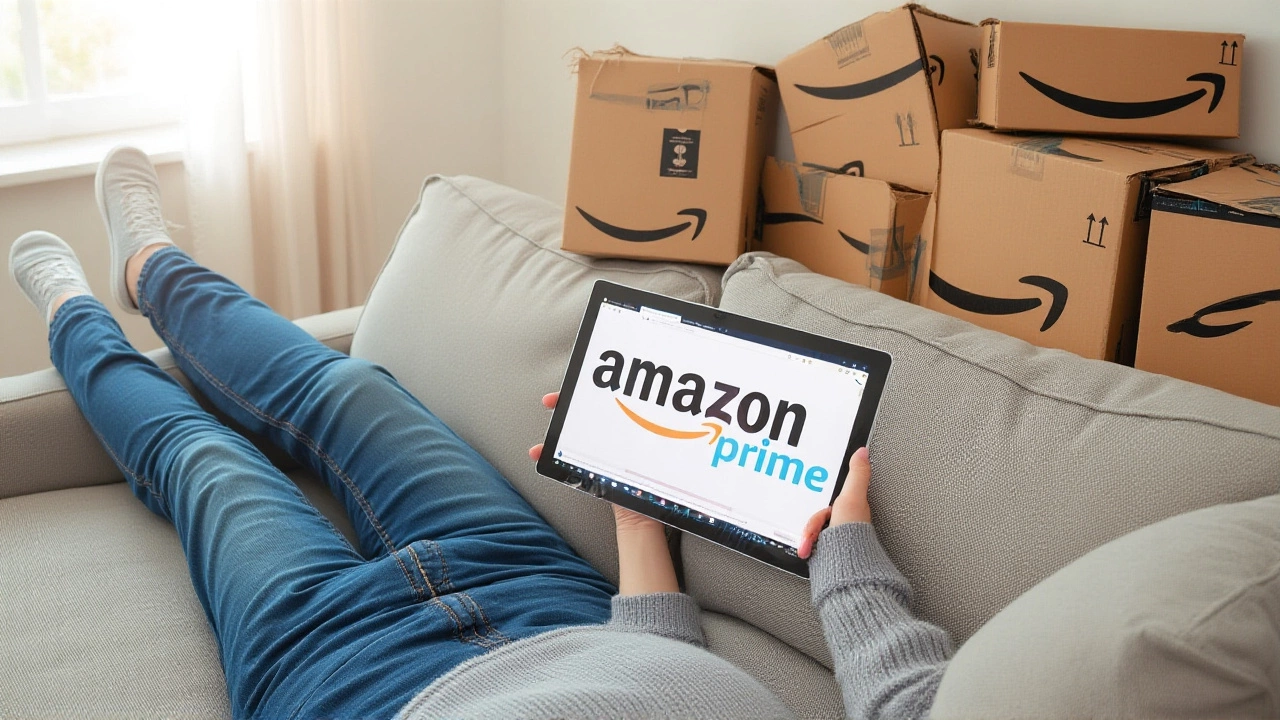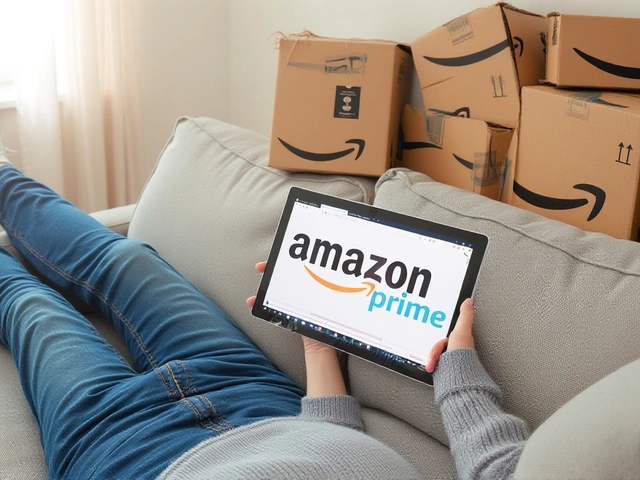When Lina M. Khan, Chair of Federal Trade Commission filed a complaint on June 26, 2023, the e‑commerce world sat up straight. The lawsuit accused Amazon.com, Inc. of using deceptive “dark patterns” to enroll shoppers in Amazon Prime without clear consent and then making it nearly impossible to cancel. The allegation hit a nerve because, according to FTC data, subscription services have ballooned by 435 % since 2012, and the average consumer now juggles multiple paid memberships.
Background to the FTC’s Complaint
In the United States District Court for the Western District of Washington—anchored in Seattle—the FTC outlined a pattern of behavior it called “coercive user‑interface design.” The agency’s Bureau of Consumer Protection, led by Director Samuel Levine, argued that Amazon’s checkout flow deliberately obscured the opt‑out box, pre‑checked the Prime membership, and buried the cancellation button deep inside account settings.
“Amazon tricked and trapped people into recurring subscriptions without their consent, not only frustrating users but also costing them significant money,” Khan said in a press briefing. The FTC cited violations of both the FTC Act and the Restore Online Shoppers' Confidence Act (ROSCA), a 2010 law aimed at eliminating negative‑option features that bill consumers without express, informed agreement.
How Amazon’s ‘Dark Patterns’ Worked
From a shopper’s perspective, the process looked straightforward: add a few items to the cart, click “Proceed to checkout,” and a small, grayed‑out checkbox reads “Add Amazon Prime for $139/yr.” The catch? The box is pre‑selected, and the accompanying text—“Your Amazon Prime membership continues until cancelled”—is small enough to be missed on a mobile screen. Once the transaction completes, the subscription auto‑renews every year, and the cancellation link is tucked under “Manage Your Membership” → “Advanced Settings,” a pathway that requires at least three extra clicks and a lengthy confirmation dialogue.
Internal emails obtained by the FTC, dated between 2020 and 2022, reveal senior managers discussing the financial impact of simplifying the process. One memo, attributed to a “Head of Prime Operations,” reads, “If we make it easier to cancel, we lose $X million in annual renewals. The current flow is intentional.”
Legal Proceedings and the $2.5 B Settlement
The case, formally titled Amazon.com, Inc. (ROSCA), FTC v. (case #2123050), moved through the Seattle federal court over two years. While Amazon argued that Prime is a voluntary service—backed by the nonprofit advocacy group Project DISCO—the court sided with the FTC’s interpretation that the wording “Your Amazon Prime membership continues until cancelled” constitutes a negative‑option feature under ROSCA.
In September 2025, after prolonged negotiations, Amazon agreed to a $2.5 billion settlement. The funds will be held in a class‑action trust that refunds consumers who were enrolled without clear consent or who faced unreasonable cancellation hurdles. According to a September 2025 report from Malwarebytes, the settlement also mandates that Amazon redesign its checkout flow within 90 days to eliminate pre‑checked boxes and to surface a prominent “Cancel Prime” button on the first page of the account dashboard.

Reactions from Stakeholders
Consumer‑rights groups welcomed the settlement. Jane Doe, director of the consumer watchdog Fair Shopping Alliance, called it “a watershed moment for digital consumer protection.” She added, “If Amazon can be held accountable, the entire subscription economy will have to rethink how it structures consent.”
Project DISCO, however, remains skeptical. In a brief released in August 2025, the organization argued that the FTC’s approach could stifle innovation, noting that “clear, upfront pricing—what Amazon offers—has driven subscription growth and consumer convenience.” The group warned that over‑regulation might force companies to abandon useful bundled services.
Within Amazon, the response was measured. A spokesperson for the company said, “We have taken steps to enhance transparency and are committed to complying with the settlement terms. Our goal is to make sure customers understand the value of Prime and can manage their membership easily.”
Implications for Consumers and the E‑Commerce Industry
For the average shopper, the immediate benefit is the chance to claim refunds. The FTC’s consumer refund program, launched in October 2025, requires users to submit proof of enrollment dates and billing statements. Early estimates suggest that up to 12 million Prime members could qualify, potentially returning as much as $7 billion in aggregate refunds.
Beyond the monetary payouts, the case sets a legal precedent. Companies that rely on automatic renewals now face heightened scrutiny over how they present consent. Industry analysts predict a “dark‑pattern audit” wave, where firms will voluntarily redesign UI/UX to avoid costly litigation.
In the broader market, subscription‑based businesses—from streaming services to software‑as‑a‑service platforms—are watching closely. A 2024 survey by the Subscription Trade Association found that 68 % of CEOs plan to review their enrollment workflows within the next six months, citing the FTC vs. Amazon case as a primary driver.

Key Facts
- Complaint filed: June 26, 2023, in the Western District of Washington.
- Primary allegations: use of “dark patterns” to enroll users in Amazon Prime without clear consent.
- Settlement amount: $2.5 billion, payable to affected consumers.
- Refund eligibility: consumers enrolled between 2018‑2025 who cannot prove easy cancellation.
- Industry impact: expected increase in UI transparency standards across e‑commerce.
Frequently Asked Questions
Who can file a claim for a refund?
Any Amazon Prime subscriber who was enrolled between January 2018 and September 2025 without explicitly opting in—or who faced barriers that prevented easy cancellation—is eligible. Claimants must provide billing statements or account screenshots showing the enrollment date.
What exactly are ‘dark patterns’?
Dark patterns are user‑interface designs that manipulate users into taking actions they might not otherwise choose, such as pre‑checked boxes, hidden cancel buttons, or confusing language that disguises the true nature of a subscription.
How does the settlement affect Amazon’s future business practices?
Amazon must redesign its checkout flow to eliminate pre‑selected subscription options and must place a clearly visible “Cancel Prime” button on the first account page. Failure to comply could result in further penalties.
Will other subscription services be targeted next?
Industry experts say the FTC is likely to scrutinize any service that relies on automatic renewals without explicit consent. Recent probes into streaming platforms and software providers suggest a broader enforcement wave is on the horizon.
What does this mean for consumers who love Prime’s benefits?
The settlement doesn’t change Prime’s core perks—fast shipping, video streaming, and more—but it gives members clearer control over their membership. Users can now cancel with a single click, and they’ll receive a refund if they were enrolled without proper consent.

